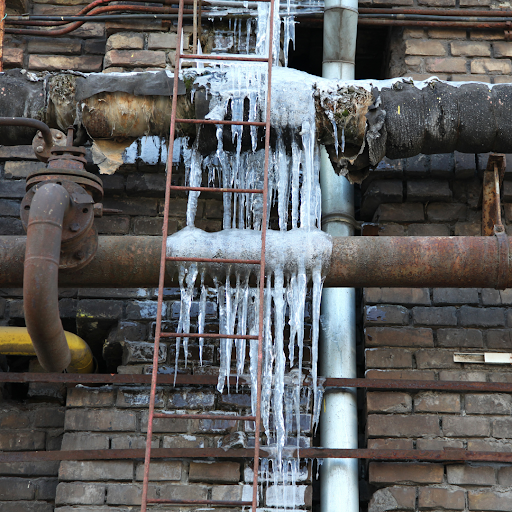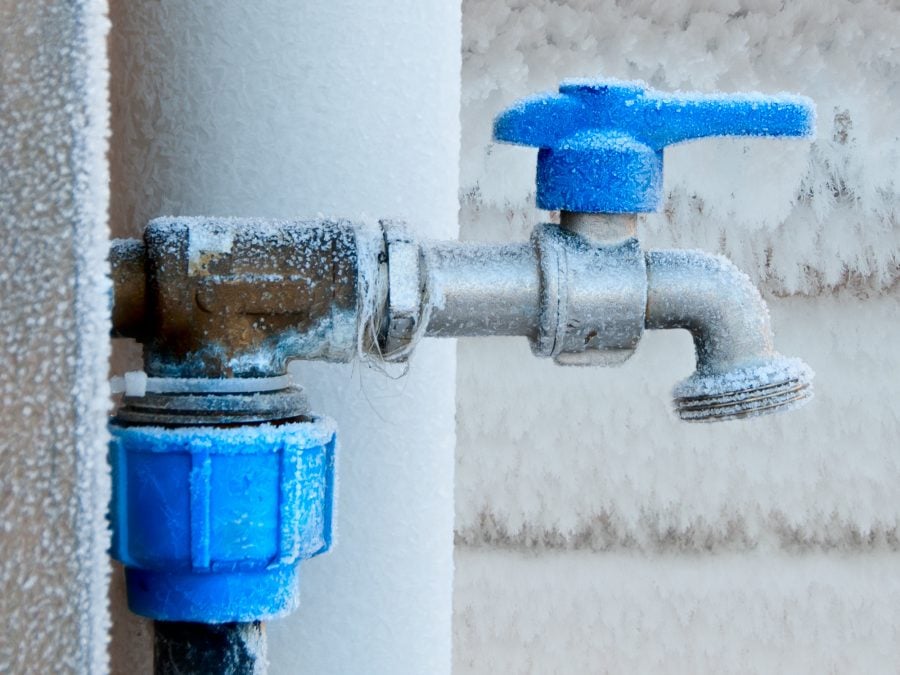Protecting Your Pipes from Freezing: Top Strategies
Protecting Your Pipes from Freezing: Top Strategies
Blog Article
The content listed below relating to How to prepare your home plumbing for winter weather is highly stimulating. Check it out for yourself and figure out what you think of it.

Winter can ruin your plumbing, particularly by freezing pipelines. Right here's exactly how to stop it from taking place and what to do if it does.
Introduction
As temperature levels drop, the threat of frozen pipelines boosts, potentially causing costly fixings and water damage. Recognizing how to prevent frozen pipelines is vital for homeowners in chilly climates.
Recognizing Icy Pipelines
What triggers pipelines to ice up?
Pipelines freeze when subjected to temperature levels below 32 ° F (0 ° C) for prolonged periods. As water inside the pipelines ices up, it increases, taxing the pipeline walls and potentially causing them to break.
Threats and damages
Frozen pipelines can cause water interruptions, residential or commercial property damage, and expensive repair work. Burst pipes can flood homes and trigger considerable structural damages.
Signs of Frozen Pipes
Recognizing frozen pipelines early can prevent them from rupturing.
Exactly how to recognize frozen pipes
Look for decreased water circulation from faucets, uncommon odors or sounds from pipes, and noticeable frost on subjected pipes.
Avoidance Tips
Protecting vulnerable pipes
Cover pipelines in insulation sleeves or use warm tape to secure them from freezing temperature levels. Focus on pipes in unheated or external locations of the home.
Home heating techniques
Keep interior areas effectively heated, particularly locations with plumbing. Open up cabinet doors to permit warm air to flow around pipelines under sinks.
Safeguarding Exterior Pipes
Garden pipes and outdoor faucets
Separate and drain yard pipes prior to winter season. Mount frost-proof faucets or cover outside taps with protected caps.
What to Do If Your Pipes Freeze
Immediate actions to take
If you think frozen pipes, keep taps open to relieve stress as the ice melts. Use a hairdryer or towels taken in warm water to thaw pipelines slowly.
Long-Term Solutions
Structural changes
Take into consideration rerouting pipelines away from exterior wall surfaces or unheated areas. Include additional insulation to attics, cellars, and crawl spaces.
Upgrading insulation
Buy high-grade insulation for pipelines, attics, and walls. Correct insulation assists keep constant temperature levels and decreases the threat of icy pipes.
Verdict
Avoiding frozen pipelines calls for proactive steps and fast responses. By comprehending the reasons, signs, and preventive measures, house owners can shield their pipes throughout winter.
6 Proven Ways to Prevent Frozen Pipes and Protect Your Home
Disconnect and Drain Garden Hoses
Before winter arrives, start by disconnecting your garden hoses and draining any remaining water. Close the shut-off valves that supply outdoor hose bibs and leave the outdoor faucet open to allow any residual water to drain. For extra protection, consider using faucet covers throughout the colder months. It’s also important to drain water from any sprinkler supply lines following the manufacturer’s directions.
Insulate Exposed Pipes
Insulating your pipes is an effective way to prevent freezing. Pipe insulation is readily available at home improvement stores and is relatively inexpensive. Pay close attention to pipes in unheated areas such as the attic, basement, crawl spaces, or garage. Apply foam insulation generously to create a buffer against the cold. You can also wrap your pipes in heat tape or thermostat-controlled heat cables for added warmth.
Seal Air Leaks
Inspect your home for any cracks or openings that could let in cold air. Seal any holes around the piping in interior or exterior walls, as well as the sill plates where your home rests on its foundation. Additionally, make sure to keep your garage door closed unless you’re entering or exiting. Leaving it open creates a significant air leak that can lead to frozen pipes.
Allow Warm Air Circulation
During cold snaps, it’s essential to allow warm air to circulate evenly throughout your home. Leave interior doors ajar to promote better airflow. Open kitchen and bathroom cabinets to help distribute heat consistently around the rooms. If you have small children or pets, be sure to remove any household chemicals or potentially harmful cleaners from open cabinets for safety.
Let Faucets Drip
A small trickle of water can make a big difference in preventing ice formation inside your pipes. When temperatures drop significantly, start a drip of water from all faucets served by exposed pipes. This continuous flow helps prevent the water from freezing. Additionally, running a few faucets slightly can relieve pressure inside the pipes, reducing the chances of a rupture if the water inside does freeze.
https://choateshvac.com/6-proven-ways-to-prevent-frozen-pipes-and-protect-your-home/

I recently found that blog posting on Preventing and dealing with frozen pipes while doing a lookup on the search engines. Those who enjoyed reading our blog posting if you please make sure you remember to share it. Kudos for your time. Don't hesitate to come by our website back soon.
Click Here Report this page